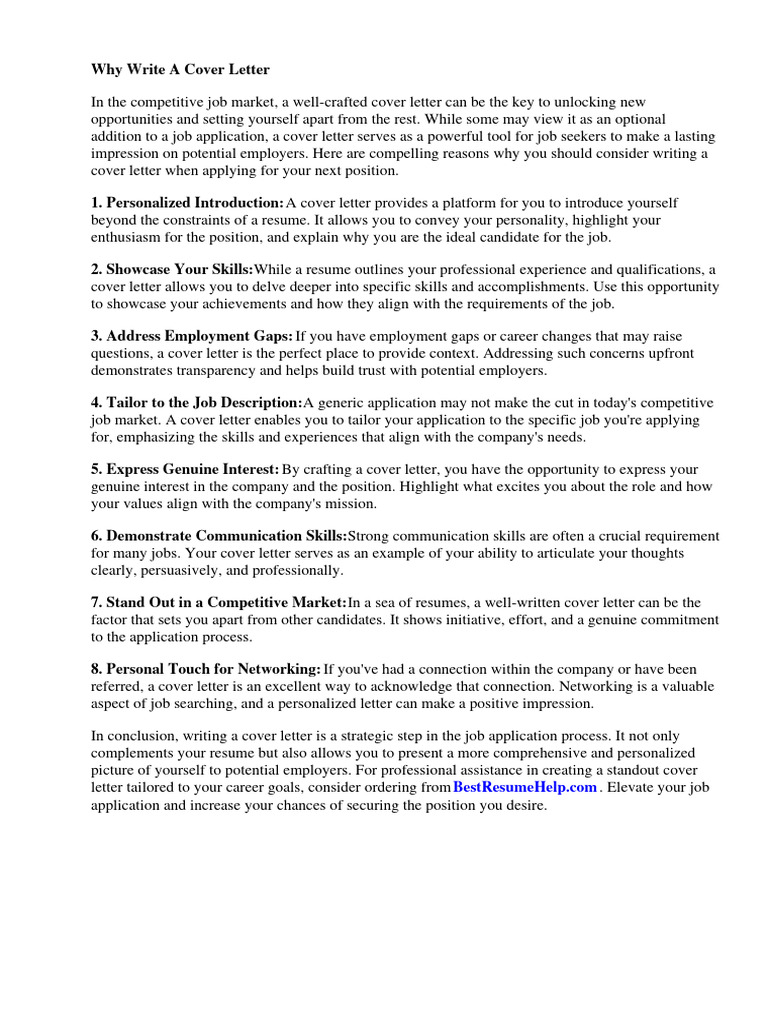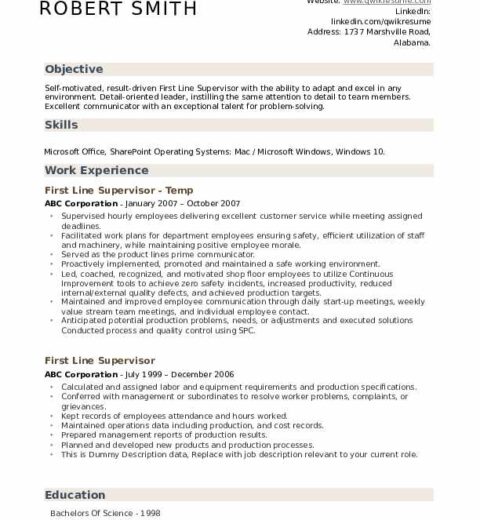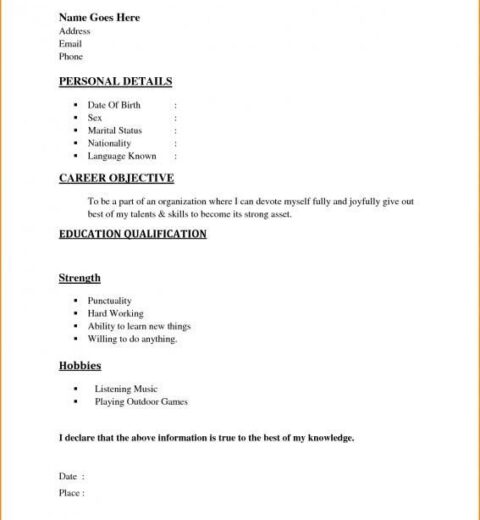The cover letter serves as a crucial complement to your resume, providing a platform to articulate your qualifications, motivations, and unique attributes. It is essentially a personalized introduction to your professional self, designed to capture the attention of hiring managers and hiring committees. While your resume enumerates your skills and experiences, the cover letter offers narrative context — a narrative that encapsulates who you are, how you align with the prospective role, and why you are an exceptional candidate.
One of the primary functions of a cover letter is to demonstrate enthusiasm for the position and the organization. Unlike a resume, which tends to be a more straightforward listing of facts and accomplishments, a cover letter allows candidates to express genuine interest. This enthusiasm can be palpable and can set you apart in a sea of applications. Employers seek candidates who are not just qualified but also passionate about contributing to their mission. Therefore, showcasing this fervor within the cover letter can create a compelling argument for your candidacy.
Furthermore, a cover letter allows you to elaborate on specific experiences that may not be fully captured in your resume. For example, when discussing a project or accomplishment, you can provide insight into your thought process, the challenges you faced, and the skills you developed. Such detail can give hiring managers a clearer picture of your analytical and problem-solving abilities, lending depth to your application.
Moreover, the cover letter provides an opportunity to address potential concerns or gaps in your resume. If you have an employment gap or are transitioning from a different industry, this letter can serve to explain those circumstances in a constructive manner. By directly addressing these issues, you mitigate questions that may arise in a review of your resume, positioning them as acquired strengths rather than obstacles.
In terms of structure, a typical cover letter encompasses three main sections: an introduction, a body, and a conclusion. Each segment plays a distinct role in conveying your message effectively. The introduction should hook the reader’s attention, usually by expressing enthusiasm for the position and perhaps referencing a connection to the company’s work or values. You might begin with a statement such as: “As an ardent advocate for sustainability, I was thrilled to discover the opening for a Project Manager at GreenTech Solutions.” Such an opening immediately highlights your interest in the company’s core mission.
The body of your cover letter is where you expand on your qualifications. It can be beneficial to tie your skills and experiences directly to the job description. By carefully analyzing the responsibilities outlined in the listing, you can tailor your narrative to demonstrate how your background aligns with those requirements. For instance, if a position emphasizes teamwork and collaboration, you might narrate a specific experience where you successfully led a diverse group to achieve a common goal, thereby illustrating your suitability for the role.
Equally important is the conclusion of your cover letter, where you reinforce your eagerness to contribute to the organization and reiterate your appreciation for the opportunity to apply. A professional sign-off is paramount; it encapsulates your communication’s tone and can leave a lasting impression. A phrase such as, “I look forward to the possibility of contributing to your esteemed team and discussing how my background aligns with the goals of GreenTech Solutions,” concludes the letter on a positive note.
When writing a cover letter, it is also vital to consider your audience. Knowing the company’s culture can inform the tone and style of your letter. In more creative industries, a slightly informal tone may resonate better, while traditional sectors such as finance or law typically necessitate a formal approach. Tailoring your style to match the organizational culture can enhance your appeal as a candidate.
Additionally, it is advisable to keep your cover letter concise, ideally one page in length. Hiring managers often have limited time to review applications; thus, clarity and brevity can make your letter more effective. Use succinct language, avoid jargon where possible, and focus on your most relevant experiences. Eye-catching formatting can also be important; use clear headings, bullet points for lists, and consistent fonts to ensure that your letter is both readable and visually appealing.
Another critical aspect is proofreading. Grammatical errors, typos, or awkward phrasing can undermine the professionalism of your cover letter. Taking the time to review your letter thoroughly can ensure that it is polished and free from errors. Enlisting a trusted colleague or mentor to critique your letter can provide valuable feedback and further improve your presentation.
Ultimately, a well-crafted cover letter is more than just a formality; it is a strategic tool in your job search arsenal. It conveys your personality, demonstrates your enthusiasm, and articulates why you are the right fit for the position and the organization. While resumes typically serve as a checklist of qualifications, cover letters breathe life into those facts, allowing you to tell your professional story compellingly and engagingly. Crafting a meticulous cover letter is an investment in your job search that can significantly enhance your prospects.
In conclusion, do not underestimate the power of the cover letter. It plays an integral role in shaping your professional narrative and establishing a connection with potential employers. It is your chance to shine as a candidate and to showcase not only what you can do but who you are. Make your cover letter an extension of your resume that tells your story, highlights your unique qualifications, and ultimately distinguishes you in a competitive job market.




